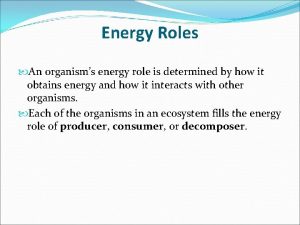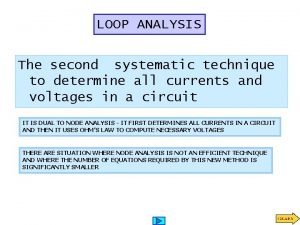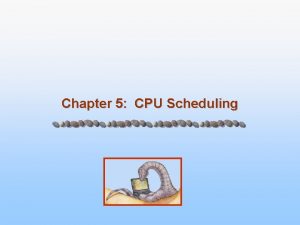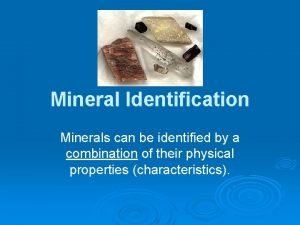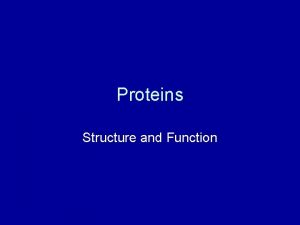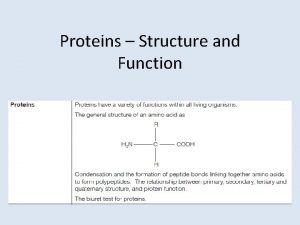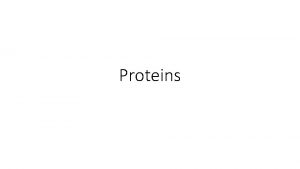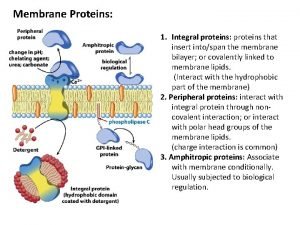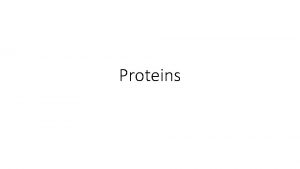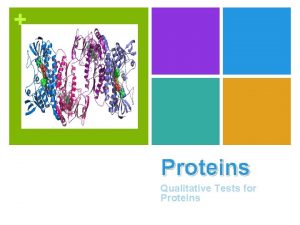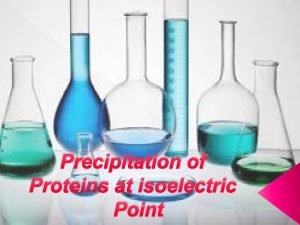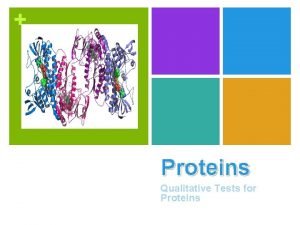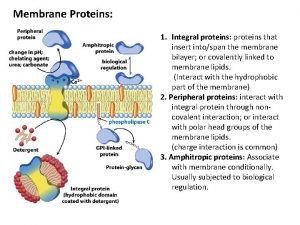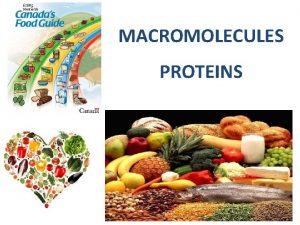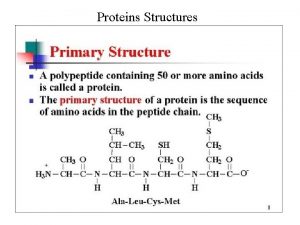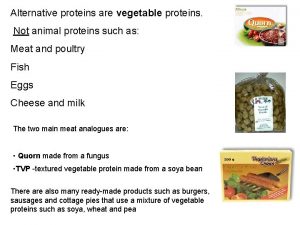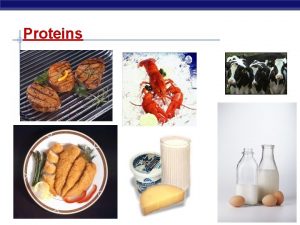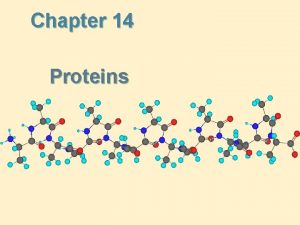A Quick Review What determines a proteins function

















- Slides: 17

A Quick Review! • What determines a proteins function? • Its shape. • What if you change its shape (by heating it for example? • It stops working. • What determines the shape of a protein? • Its 1 o structure or sequence of amino acids. • What happens if you change an amino acid in the sequence of a particular protein? • It will fold slightly differently and not work properly (or at all!). • Why? • The side groups of the amino acids form bonds with each other which results in 2 o and 3 o structure.

Our Guiding Question • WHAT DETERMINES THE ORDER OF AMINO ACIDS IN A PROTEIN? ? ?

DNA (Deoxyribonucleic Acid) What is DNA? http: //www. youtube. com/watch? v= zwibg. NGe 4 a. Y

Questions about DNA? • What does DNA look like? • How is DNA made? • How do we know DNA has the instructions to make proteins? • How does DNA instruct the cell to make proteins?

DNA is universal to life • All living organisms have DNA – Bacteria, fungi, plants, animals…and even many viruses • The function of DNA is to store information for an organism’s characteristics

The nucleus stores DNA in eukaryotic cells human cheek cell Elodea leaf cell mitochondria chloroplasts vacuole nucleus (DNA here)

Prokaryote cells do not have a nucleus but DO have DNA E. coli bacteria cell DNA

In the cell, DNA forms structures called chromosomes • A eukaryotic chromosome is typically a very long, single chain of DNA

In the cell, DNA forms structures called chromosomes • A prokaryotic chromosome is typically a circular chain of DNA – Prokaryotic cells also often have smaller circles of DNA called plasmids E. coli bacteria cell Chromosome DNA Plasmid DNA

What does DNA look like? • We will begin our investigation into DNA by looking at its structure.

DNA is a double helix • The shape of a DNA molecule is like a twisted ladder or spiral staircase

DNA is a polymer made of monomers called nucleotides • A nucleotide has 3 parts: a phosphate, a sugar, and a base. PHOSPHATE BASE SUGAR

There are 4 DNA nucleotides • They are the same except for their bases Adenine Thymine Cytosine Guanine

Making a DNA molecule 1. One strand of a DNA molecule is formed by linking together the sugars and phosphates of nucleotides.

Hydrogen bonds 2. The two strands (halves) of a DNA molecule are connected by hydrogen bonds between the bases of nucleotides. Hydrogen bonds

Complementary base pairing • In DNA molecules… Adenine only bonds to thymine. Cytosine only bonds to guanine. A—T G—C

DNA Structure Your goals: 1. Build the 4 different Nucleotides by your self 2. Take 2 of your Nucleotides (whichever you would like) and add it to the class DNA molecule 3. We will use the other Nucleotides in the second part of class
 Quick find algorithm
Quick find algorithm 1.7.6 - quick check: frost quick check
1.7.6 - quick check: frost quick check Structure determines function
Structure determines function Exocytosis definition biology
Exocytosis definition biology Structural proteins function
Structural proteins function![Beta] Beta]](data:image/svg+xml,%3Csvg%20xmlns=%22http://www.w3.org/2000/svg%22%20viewBox=%220%200%20200%20200%22%3E%3C/svg%3E) Beta]
Beta] Quick grammar review
Quick grammar review P=mc
P=mc Python quick review
Python quick review What determines baby's blood type
What determines baby's blood type What is an energy role
What is an energy role Diction definition poem
Diction definition poem The allocation map
The allocation map The three kinds of temperate marine climates all have
The three kinds of temperate marine climates all have The narrator determines
The narrator determines Write a matrix equation that determines the loop currents
Write a matrix equation that determines the loop currents A cpu scheduling algorithm determines an order
A cpu scheduling algorithm determines an order Minerals can be identified by
Minerals can be identified by


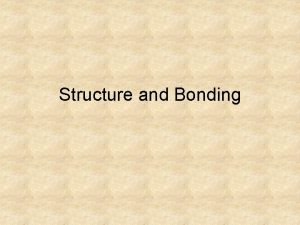
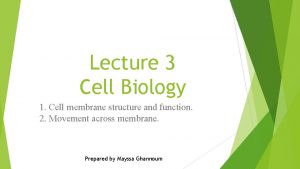
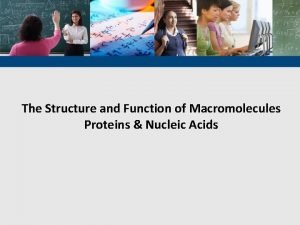
![Beta] Beta]](https://slidetodoc.com/wp-content/uploads/2020/09/657080_a4409c7c0464b8d1f634c79c1028ad3a-300x225.jpg)




